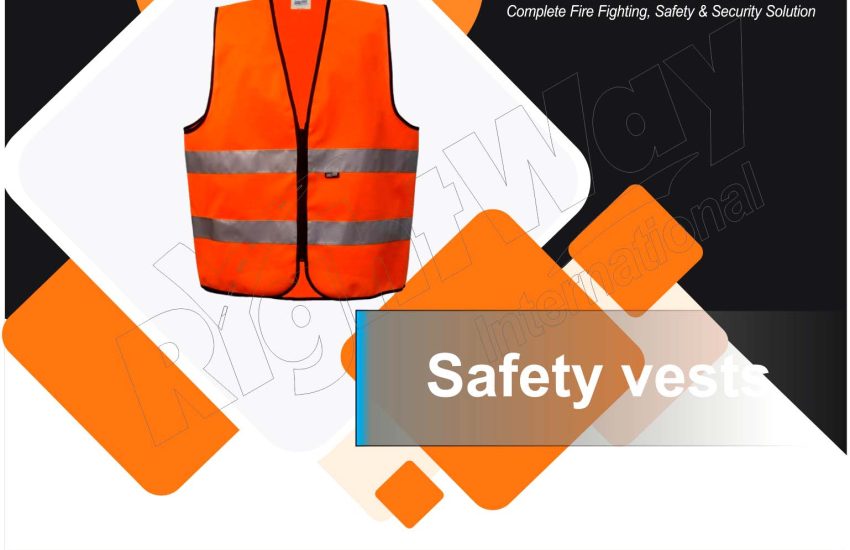Safety vests serve as essential protective gear designed to boost visibility and enhance safety across various settings. Whether you work on a construction site, bike on the road, or engage in outdoor activities, wearing a safety vest can significantly reduce accidents and keep you safe. This article highlights the importance, types, and best practices for using safety vests effectively.
The Importance of Safety Vests
Increased Visibility
Safety vests typically feature fluorescent colors such as neon yellow, orange, or green, which stand out against most backgrounds. This high visibility plays a crucial role in preventing accidents, especially in low-light conditions or busy areas with heavy traffic. Moreover, many vests include reflective strips that reflect light from headlights or street lamps, further enhancing visibility during nighttime or poor weather.
Accident Prevention
In busy environments like construction sites or roadways, safety vests help others quickly identify workers or individuals. This clear identification reduces the risk of accidents by alerting drivers and machinery operators to your presence, allowing them to take necessary precautions.
Compliance with Regulations
Many industries—including construction, manufacturing, and transportation—require workers to wear safety vests to comply with occupational health and safety regulations. Adhering to these rules helps businesses meet legal standards and reduces liability risks.
Versatility
Safety vests serve diverse purposes in many settings, including roadwork zones, event management, and outdoor recreational activities. Their adaptability makes them a vital safety tool in a wide range of scenarios.
Types of Safety Vests
Class 1 Vests
Class 1 vests provide basic visibility and suit environments with minimal traffic and hazards. These vests typically feature a single horizontal reflective stripe and fit low-risk areas.
Class 2 Vests
Offering enhanced visibility, Class 2 vests work well in environments with moderate traffic or higher speeds. They include additional reflective materials and horizontal stripes, improving safety for workers near roadways or busy zones.
Class 3 Vests
Class 3 vests offer the highest level of visibility. They provide extensive reflective coverage designed for use around high-speed traffic or complex conditions, ensuring maximum safety in challenging environments.
Specialty Vests
Some safety vests come with customized features, such as extra pockets for tools, water-resistant fabrics, or weather protection. These specialty vests cater to specific professions and environmental needs.
Best Practices for Using Safety Vests
Choose the Right Class
Assess your working or activity environment carefully. For example, always wear a Class 3 vest when working near high-speed traffic to ensure maximum protection.
Ensure Proper Fit
Choose a vest that fits comfortably and allows for unrestricted movement. A well-fitting vest encourages consistent wear and optimal protection.
Maintain Visibility
Regularly clean your vest to keep it bright and reflective. Dirt and grime can reduce the effectiveness of fluorescent fabrics and reflective strips.
Wear It Correctly
Always wear the vest over your clothing, ensuring that reflective strips are visible from all angles for maximum visibility.
Inspect for Damage
Periodically examine your vest for signs of wear or damage. Replace any vest that shows significant deterioration to maintain your safety.
Conclusion
Safety vests form a fundamental part of personal protective equipment by increasing visibility and enhancing overall safety in many environments. By understanding their importance, selecting the appropriate type, and following best practices, individuals can greatly reduce accident risks. Whether you work on construction sites, cycle on busy roads, or enjoy outdoor activities, wearing a safety vest remains a simple yet highly effective way to protect yourself and those around you.


